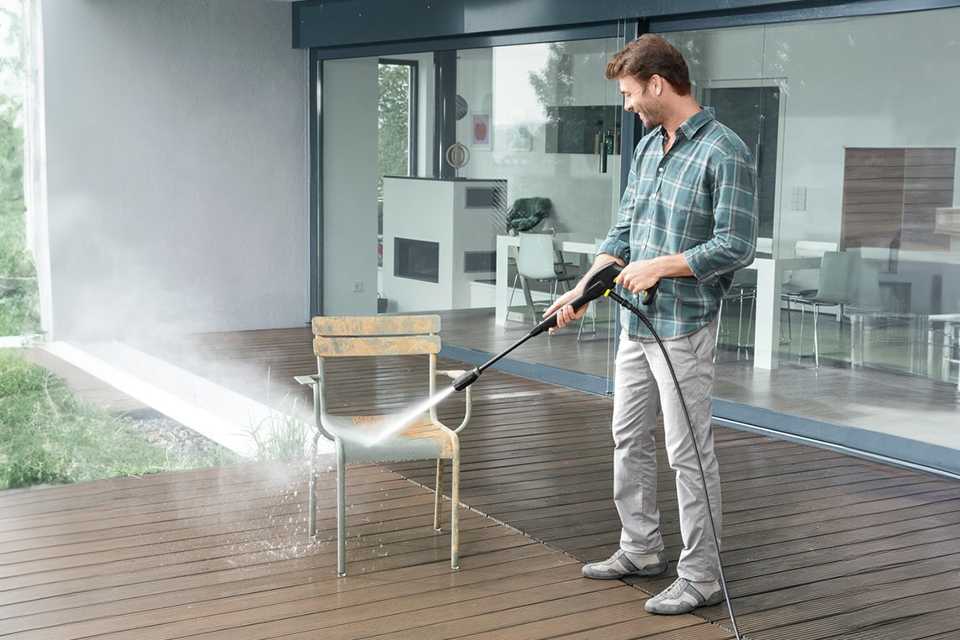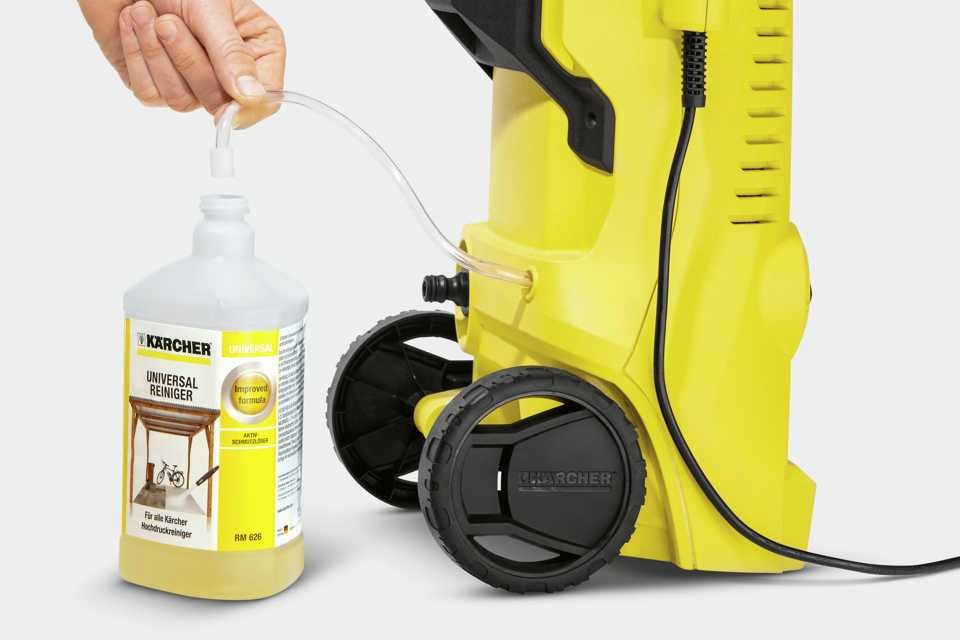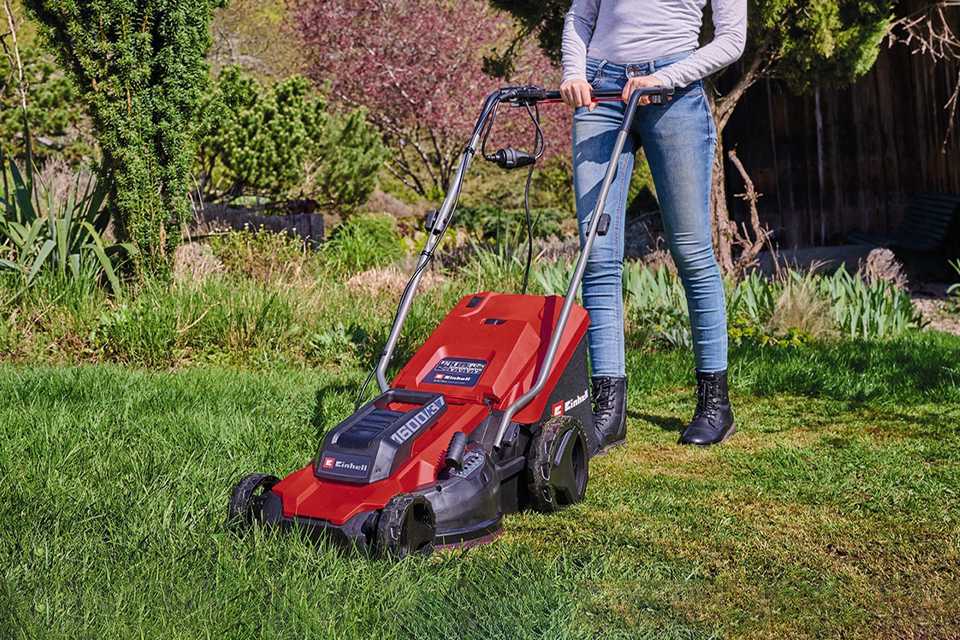Our guide to the best pressure washers
Blast away dirt on any surface with our guide to pressure washers.
Shop all pressure washersHow to choose the best pressure washer
The right pressure washer for you depends on what you’ll be cleaning with it.
Light duty
Best for – Garden furniture, small cars and light patio cleaning.
Pros – Lightweight and less expensive than more powerful models.
Cons – Not enough power for tougher jobs.
Which accessories do I need? – Detergent, pressure adjuster, car wash brush.
How much power do I need? – 1400 to 1600w.
Medium duty
Best for - Most everyday cleaning of gardens, patios, decking and family cars.
Pros – Versatile choice for most garden jobs.
Cons – More power needed for intense cleaning.
Which accessories do I need? – Patio cleaner, on-board storage, car wash brush, long hose and mains cable.
How much power do I need? – 1700w to 2000w.
Heavy duty
Best for - Tough tasks and larger driveways, patios and vehicles.
Pros – Powerful enough for any job.
Cons – Can be heavy.
Which accessories do I need? – Dirtblaster lance, long hose and mains cable, extension lance, adjustable pressure.
How much power do I need? – 2000w+.
Pressure washer guide
Don’t know your bar from your flow rate? Here’s all you need to know about the technical features of a power washer.
How does a pressure washer work?
Pressure washers connect up to your garden hose and use electricity to power a pump system, which then accelerates the water at a high pressure. Despite being a lot more powerful, they actually use less water than your hose, making them incredibly efficient.
Power – A pressure washer’s power is measured in watts. More watts equal more power.
Flow rate – Flow rate is measured in litres. The faster the flow rate, the quicker the water comes out.
Pressure - Rated bar is the average pressure a pressure washer will reach while you use it. Higher pressure is best for tough jobs, while light jobs are better suited to using less pressure. Max bar is the maximum amount of pressure that a jet washer can reach, although it is unlikely to able to reach that level consistently.
Pressure washer features and accessories

Extension lance
An extension lance is a longer nozzle that helps you clean hard to reach areas.
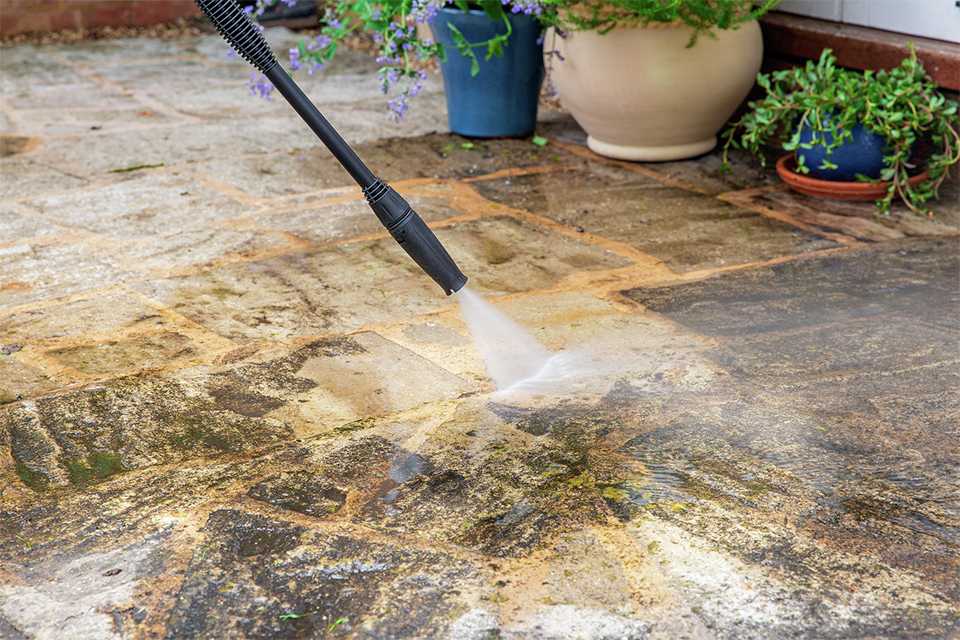
Dirtblaster lance
As the name suggests, a dirtblaster lance is for when you need extra power to complete a particularly tough job.
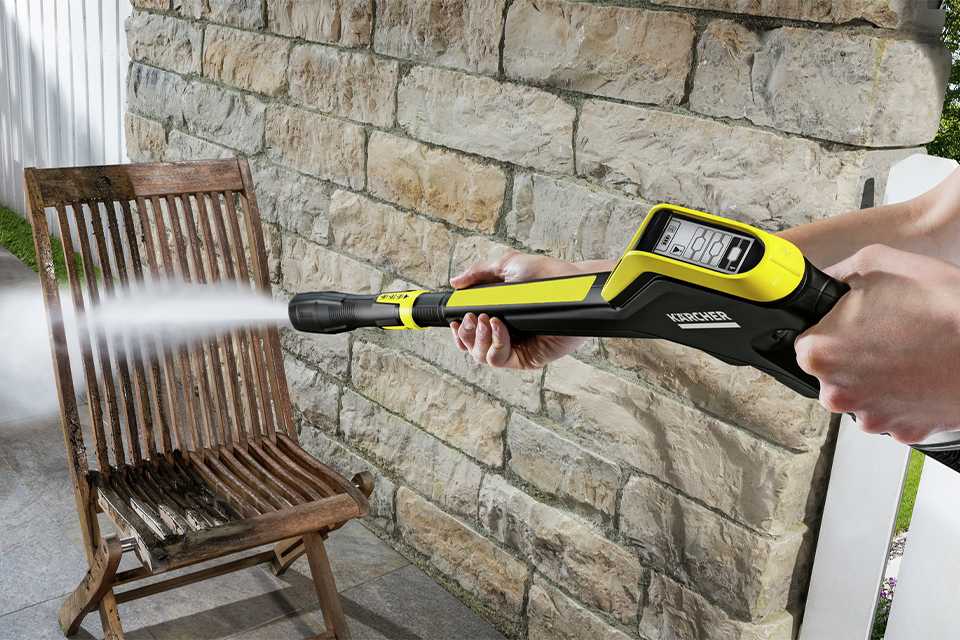
Pressure adjustable lance
Adjustable pressure is an important feature if you need to do a variety of light, medium and heavy duty tasks.

Patio cleaner
An attachment that makes light work of patio cleaning. The circular design concentrates spray into one area.
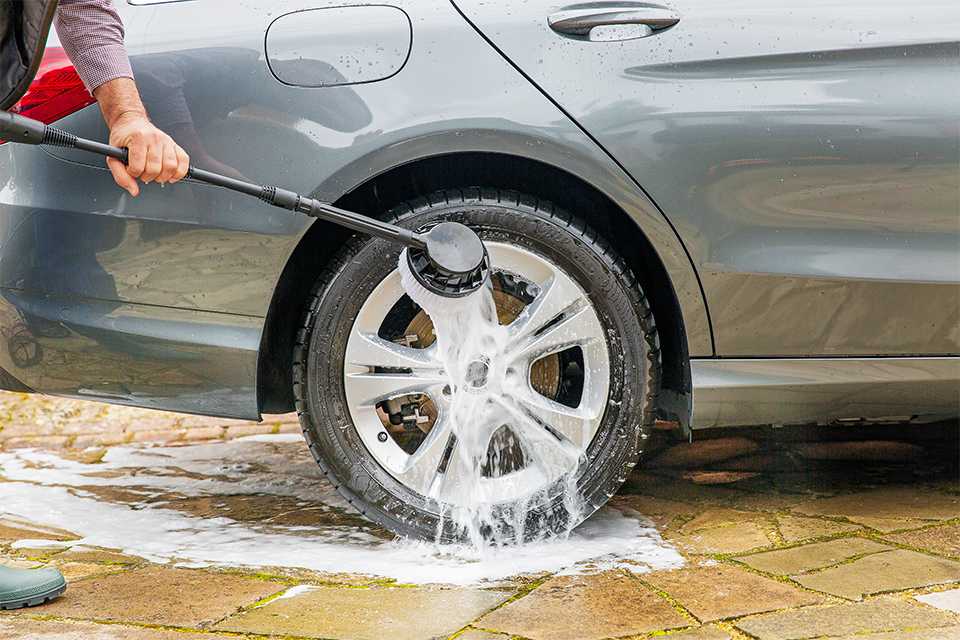
Brush and foam nozzle
Some pressure washers include a brush and foam nozzle attachment that can help you finish off smaller jobs like washing the car or garden furniture.
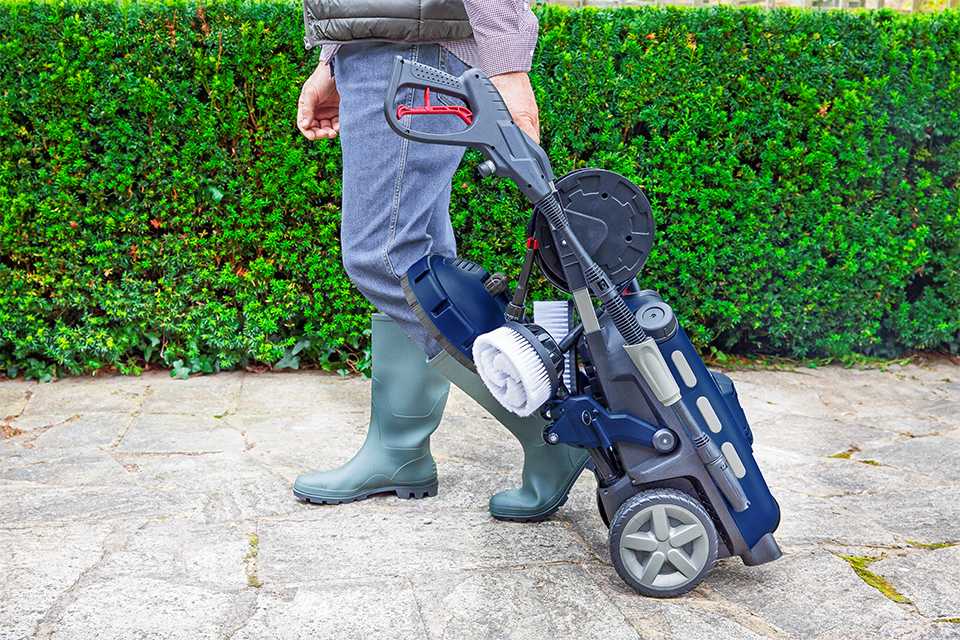
Wheels and on-board storage
The more wheels a pressure washer has, the easier it is to manoeuvre and having on-board storage gives you space to keep other essential cleaning equipment close to hand.
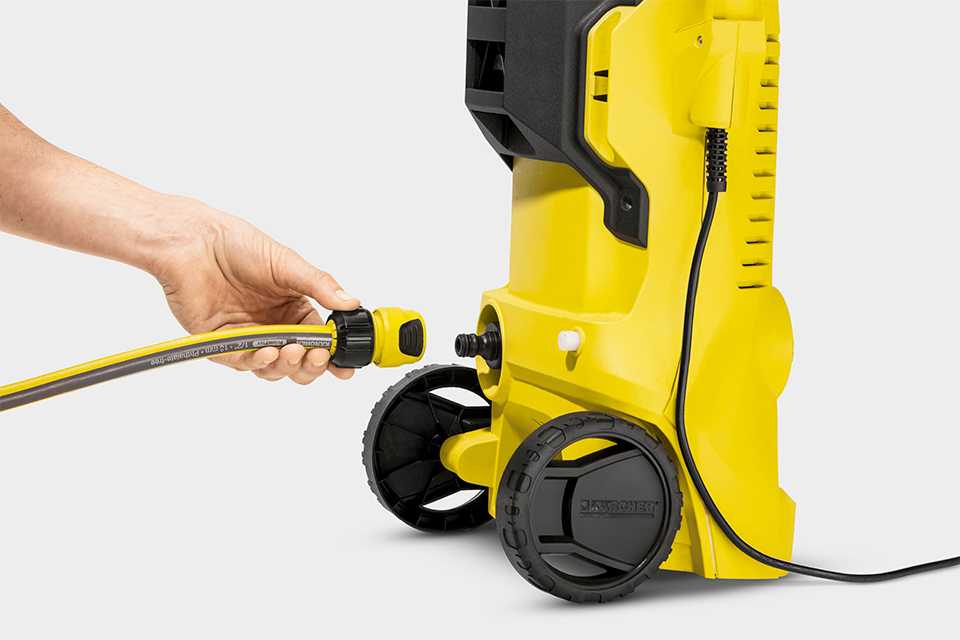
Universal hose fitting
A universal fitting should be able to connect to all types of garden hose.
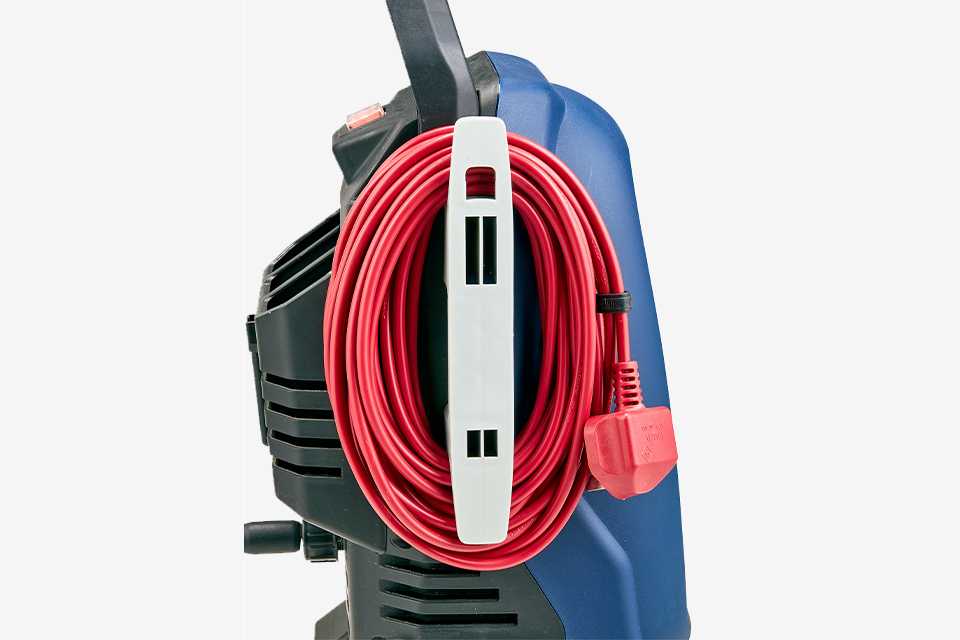
Cable tidy
Prevents the cable from getting in the way while you clean.
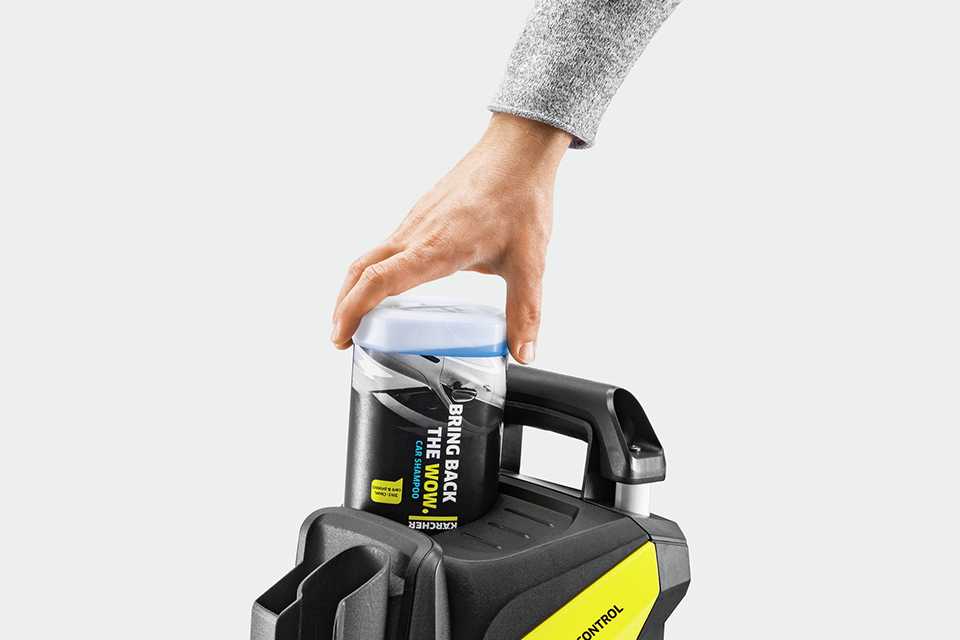
Detergent
Many pressure washers include a detergent which provides an even more comprehensive clean.
How to jet wash a patio: step-by-step guide
Step 1
Clear your patio. Move any plants or furniture and give surfaces a good sweep. This will eliminate any risk of damage or injury from flying debris and having a clear patio will give you more uniform results.
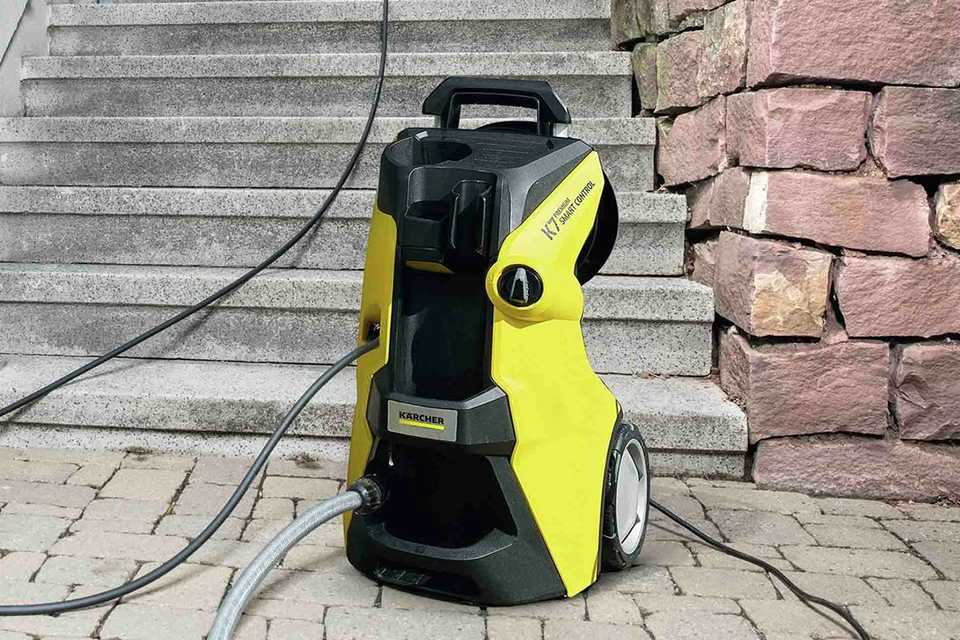
Step 2
Connect your pressure washer to your hose and turn on the tap. Pull the trigger gun, letting the water run freely (approximately 20 seconds) which will expel any air from your machine. Then connect to your mains supply and turn on.
Step 3
If you're using a detergent, wet your paving first on a very light setting. Add the detergent to your pressure washer and spray onto your patio using the 'mix' or 'low' pressure setting, depending on your model. Leave for 5 – 10 minutes.
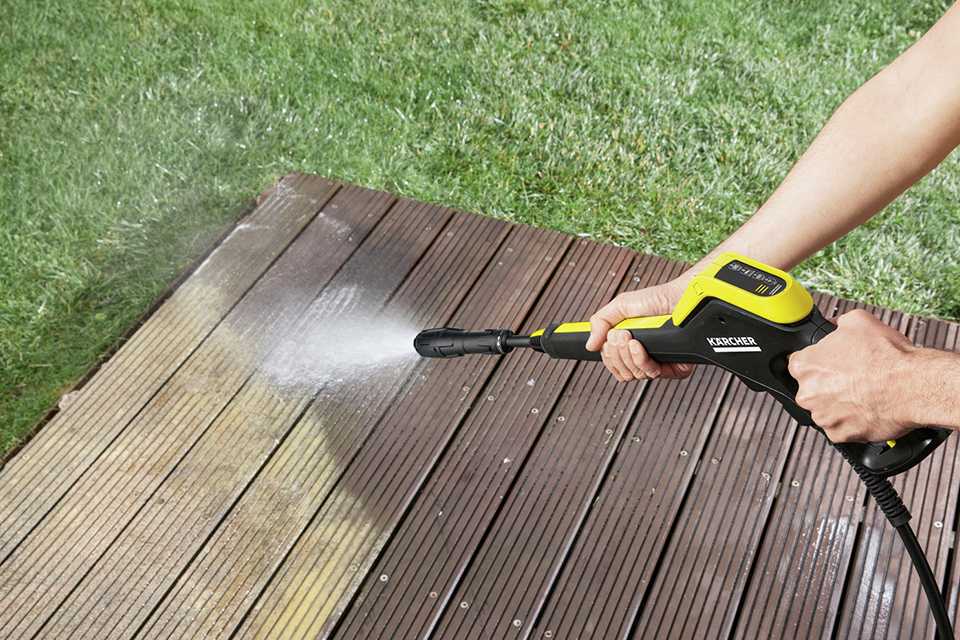
Step 4
If using a vario lance, turn to a medium pressure setting to wash the detergent off. Start from one corner or edge, and work across the patio using sweeping motions.
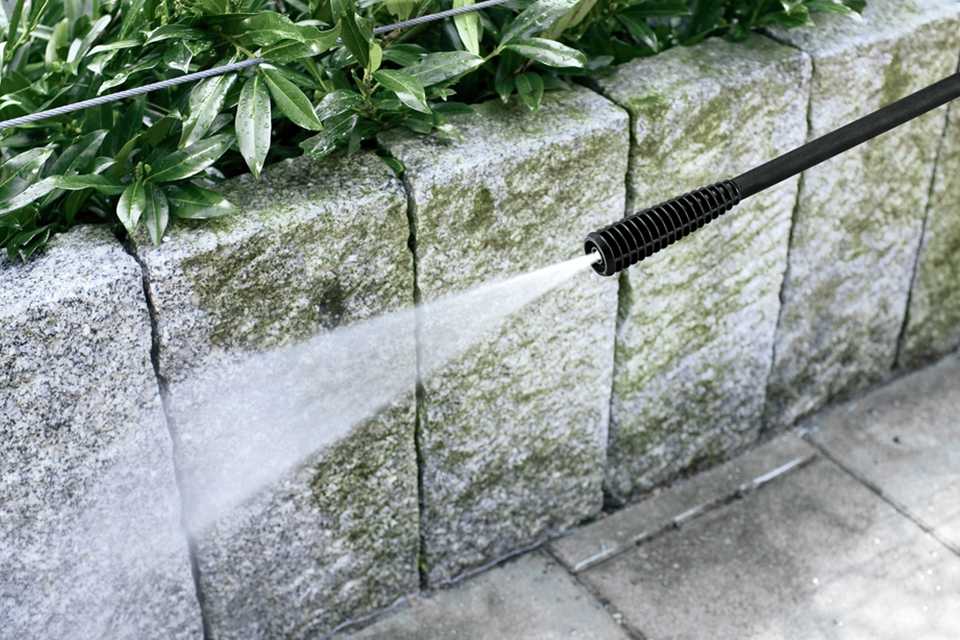
Step 5
Keep your pressure washer at a 45 degree angle, using a wide fan. Don't follow the joining lines with the water jet as this could risk forcing your paving stones apart. For a quicker clean, try using a patio cleaner which could clean the area up to 5 times faster.

Step 6
Turn off your pressure washer and disconnect from the water supply. Then turn it back on, pulling the trigger gun until all of the water leaves the machine. This will reduce any risk of residual water freezing and expanding inside which could cause damage to the pump.
More help and inspiration
Garden decoration tips
Accessorise your outdoor for spring with our garden decoration ideas.
Lawnmower buying guide
Get the perfect cut every time by choosing the best lawnmower.
Garden inspiration
The latest help and ideas you need to make the most of your garden.

&poi={$this.metadata.pointOfInterest.x},{$this.metadata.pointOfInterest.y},{$this.metadata.pointOfInterest.w},{$this.metadata.pointOfInterest.h}&scaleFit={($this.metadata.pointOfInterest.x>0)?$sfpoi:$sfcenter}&sm=aspect&aspect=3:2&sfcenter=center&sfpoi=poi&qlt=50&fmt=auto&noiser=0&fmt.jpeg.interlaced=true&fmt.jp2.qlt=40&)
